Menu
Our CCTV Camera guide gives you a summary of every camera we use at Surion. Now that you have an understanding of the camera options available to you, We are going to guide you through the process of choosing the cameras best suited for your CCTV system.
Before setting out the key considerations when choosing cameras, We need to explain a few technical terms used when talking about the cameras, these are:
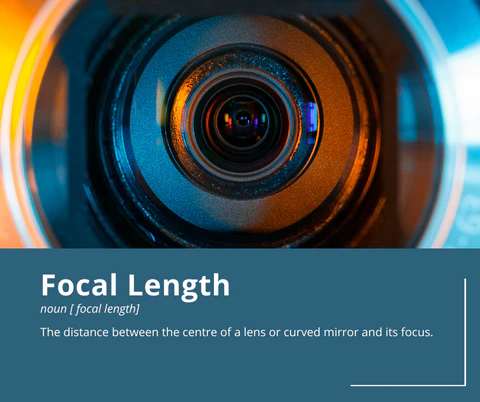
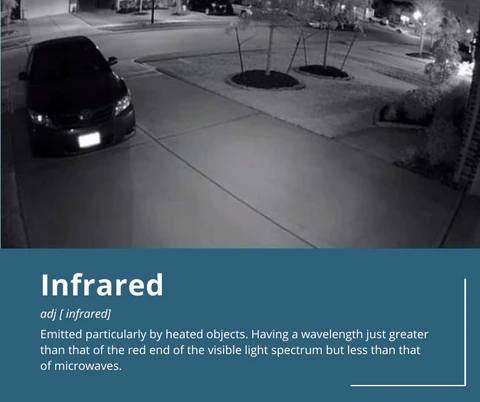

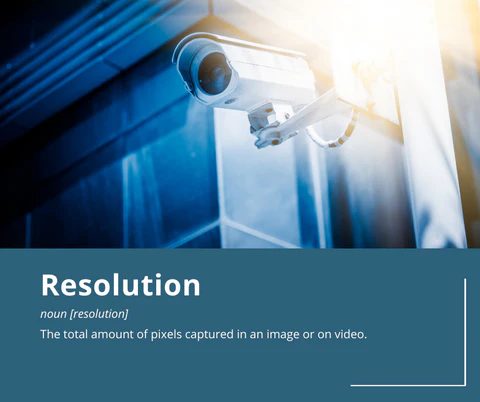
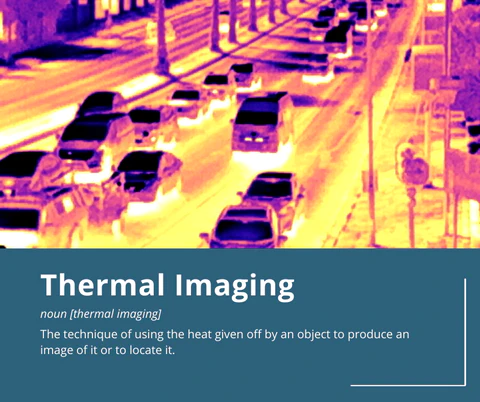
Now that you understand a few of the technical terms, there are a few things you need to consider.
Some people, especially budget-conscious people, choose cameras based on price, and the cheapest cameras are analogue cameras, usually unbranded. These cameras can be used BUT we have seen many cases where after a period of time the user wants to upgrade their system to, for example, have some form of detection capability, or to be able to go back to a specific time period to review footage of an incident, and then they realise cheap is expensive because they need to replace all their cameras to upgrade their system. We generally recommend you buy the best cameras you can afford, and generally, these would be digital (IP) cameras, even if you don’t want sophisticated features at this stage.
The next thing to consider is what do you want the cameras to see. Typically, you might want to see a wide area in which case you need a camera with a small focal length (usually 4mm), but sometimes you might want to focus on a specific area, e.g. an entrance in which case you might choose a zoom lens, i.e. a larger focal length. If you want facial recognition you would need a larger focal length camera to zoom into the face. If you want the camera to see during low light conditions you will need a camera with IR capabilities, but if the camera is indoors where the lighting is good you won’t need IR capabilities. Lastly, you need to think about the resolution of the camera, we would generally recommend at least 1080p but if you want the ability to zoom into an image to better see an object (or person) then a higher resolution camera would be needed. Generally, wide-angle cameras cannot easily see objects further away and so higher resolution cameras might be better if you are using a wide-angle camera. Also, if you are wanting facial recognition higher resolution cameras will give a better result.
The next thing to consider is the distance from the camera to the monitor and the ease of running cabling to the camera. Typically for cameras around the house where there is a good wi-fi network people can use wi-fi enabled cameras, but if there is poor Wi-Fi coverage this may not be an option.
The location and what you need to monitor will determine whether obvious or discreet cameras are required. Box cameras can be some of the largest and most obvious, reminding people that they’re being monitored and reducing the chance of theft.
Dome cameras are the best to use for discretion due to their small half spherical shape – the ultra-compact models are so small that they can fit in the palm of your hand. Lastly, PZT (Pan Tilt Zoom) cameras are ideal for easily monitoring expansive areas and following subjects.
Whilst most modern cameras can be used both inside and out, it’s important to consider features such as mounting and housing. For use in extremely cold environments, choosing a camera that has a durable design and an inbuilt heater means it will have the ability to start up and operate despite the temperature.
For example, in industries such as transport, it’s also important to choose a robust video surveillance solution that can operate reliably in harsh environments and where there may be a high level of vibration.
But it’s not just outside cameras that may need environmental housing. In industrial environments such as factories, for example, cameras may need to be protected from sawdust.
In restaurant kitchens, ensuring the camera is protected from greases is also important and in bars and clubs, factors such as smoke machines and spilt drinks might impact whether housing is needed.
The area that you want to cover with a surveillance system will determine the best cameras to use and the network type you need. It’s useful to draw up a blueprint of the floor area to assess the amount and types of cameras needed.
PTZ cameras work best for larger areas given their large range of view and ability to zoom in on the particular activity. With Canon, wide-angle views of up to 112 degrees enable you to monitor huge areas with just a single camera.
This means surveillance networks can be established with fewer CCTV cameras, keeping costs down. Even at the widest viewing angles, image quality remains impressive.
In comparison, smaller areas are only likely to require static cameras. There are also different types of networks that are required depending on the area size you want to monitor.
Most businesses will only require a LAN network; however large networks will require a WAN network.
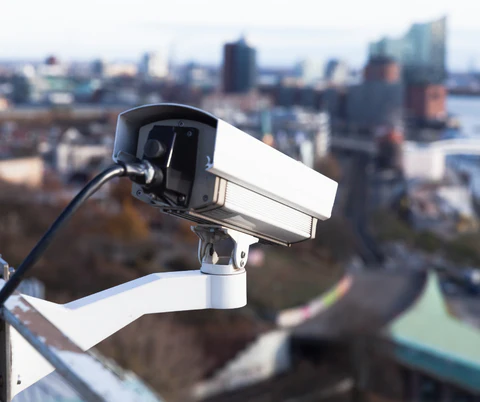
The size of the area you want to monitor will determine the resolution you need. For example, wide retail spaces will require high-resolution cameras to ensure image quality isn’t compromised when zooming.
Alternatively, smaller areas such as offices or reception rooms will typically only require low-resolution cameras. It’s not always the case that the highest resolution camera is the best for every situation.
Instead, you’re better to assess each space one by one, spending your money effectively.
It’s important to test cameras to see which models work best in the lighting conditions present at your premises. Areas inside and outside will experience different amounts of sunlight throughout the day, not to mention throughout the year as seasons change.
Thinking about where the light will be is vital. For example, will there be a reflection off the floor?
Is there strong backlighting creating a glare? For environments such as nightclubs, strobe lighting can affect the camera.
Thankfully there are a variety of technologies that you would generally will ensure you capture usable footage in a range of lighting conditions. Light filtering technology such as IR filters and artificial illuminators can amplify or reduce the amount of light reaching a sensor, creating clearer images during the day and night.
Careful thinking about the equipment to use can save a lot of time, frustration and money later on. We would recommend that you contact a professional CCTV installer for advice but hopefully now that you are starting to get a better understanding of the key issues to consider you can have a more informed discussion.